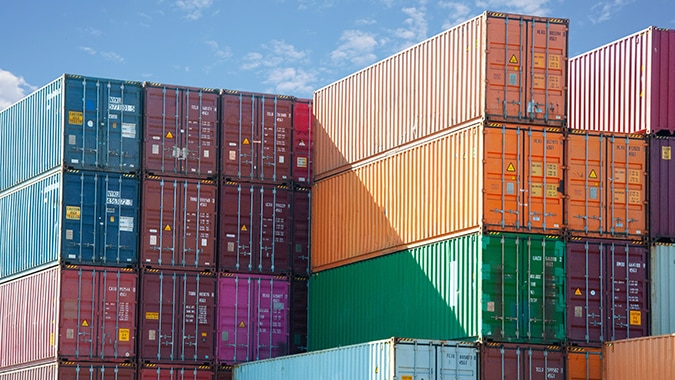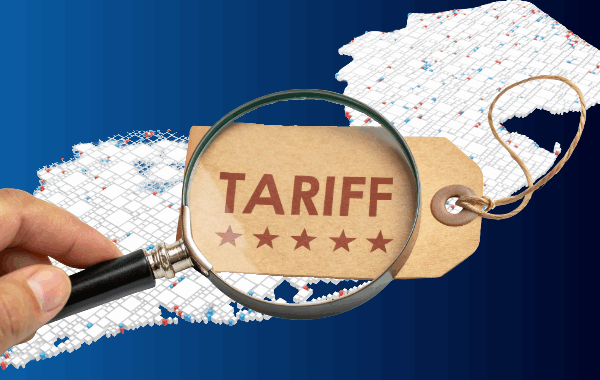A potential strike at East Coast and Gulf Coast ports has been avoided but the nation’s major container ports have already seen a surge in imports that is expected to continue because of potential increases in tariffs, according to a report from the National Retail Federation.
The Global Tracker report was released last week by the NRF and Hackett Associates after the International Longshoremen’s Association reached a tentative contract agreement with their employers at the ports represented by the U.S. Maritime Alliance (USMX).
“The new contract brings certainty and avoids disruptions, and we hope to see it ratified as soon as possible,” NRF Vice President for Supply Chain and Customs Policy Jonathan Gold said Friday. “But the agreement came at the last minute, and retailers were already bringing in spring merchandise early to ensure that they would be well-stocked to serve their customers in case of another disruption, resulting in higher imports.
“The surge in imports has also been driven by President-elect Trump’s plan to increase tariffs because retailers want to avoid higher costs that will eventually be paid by consumers,” Gold said. “The long-term impact on imports remains to be seen.”
U.S. ports covered by Global Port Tracker handled 2.17 million Twenty-Foot Equivalent Units (TEU), which is the standard container size that can be easily moved between ships, trains, and trucks. This was down 3.2% from October but up 14.7% year over year.
Ports have not yet reported December’s numbers, but Global Port Tracker projected the month at 2.24 million TEU, up 19.2% year over year. That would bring 2024 to 25.6 million TEU, up 15.2% from 2023. Before the October port contract extension and the 2024 elections, November had been forecast at 1.91 million TEU and December at 1.88 million TEU, while the total for 2024 was forecast at 24.9 million TEU.
January is forecast at 2.16 million TEU, up 10% year over year; February at 1.87 million TEU, down 4.5% because of Lunar New Year factory shutdowns in China; March at 2.13 million TEU, up 10.6%; April at 2.18 million TEU, up 8%, and May at 2.2 million TEU, up 5.9%.
The ILA’s labor contract originally expired on Sept. 30 last year and was extended until Jan. 15 following a three-day strike in October. On Jan. 9, the two sides announced they’d reached a tentative agreement after working out the unresolved issues related to port automation and job security. The employers and rank-and-file must still ratify the tentative agreement.




